Table of Contents ▸
What is a Cryogenic Pump?
A cryogenic pump or cryopump is a specialized vacuum pump that uses ultra-low temperatures to capture gases and vapors, creating ultra-high vacuum (UHV) conditions. Unlike traditional vacuum pumps, cryopumps have no moving parts, making them highly reliable for particle-free and contamination-free environments.
Industries relying on cryopumps include:
- Semiconductor manufacturing for microchip fabrication
- Aerospace for space simulation and satellite testing
- Medical technology for MRI and research applications
At DSW, our cryogenic storage solutions are designed to integrate seamlessly with cryopumps, ensuring safe, efficient, and precise operations.
Diagram suggestion: Cryogenic pump showing cold surface condensation and adsorption.
How Cryogenic Pumps Work
Cryogenic pumps work by cooling surfaces to cryogenic temperatures, typically below -150°C using liquid helium or liquid nitrogen. Gas molecules condense on these cold surfaces, effectively removing them from the system to create a vacuum.
Two primary mechanisms:
- Cryocondensation – gases condense into liquids or solids on cold surfaces.
- Cryosorption – gases are trapped on porous materials, increasing pumping efficiency.
Think of it as a “frozen sponge” that captures gas molecules in place, ensuring a clean vacuum environment essential for sensitive processes.
Diagram suggestion: Step-by-step flowchart of cryocondensation and cryosorption processes.
Types of Cryogenic Pumps
Cryogenic pumps are designed for various industrial applications. The main types include:
| Type | Cooling Method | Typical Applications |
| Closed-Cycle Cryopump | Refrigerator | Semiconductor manufacturing |
| Bath Cryopump | Liquid cryogens (He, N₂) | Space simulation, research |
| Hybrid Cryopump | Combination of cryopumping & mechanical methods | Particle accelerators, specialized research |
Each type is optimised for different vacuum levels, gas types, and operational requirements.
Applications of Cryogenic Pumps
Cryopumps are essential in applications where ultra-high vacuum conditions are required. Key applications include:
- Semiconductor Manufacturing – prevents contamination during microchip production.
- Aerospace – simulates space conditions for satellites and spacecraft.
- Medical Technology – supports MRI machines and cryogenic research.
- Scientific Research – particle accelerators, fusion reactors, and advanced laboratories.
Tip: Highlight integration with cryogenic storage tanks to ensure system efficiency.
Benefits and Limitations
Benefits:
- Ultra-clean vacuum without oil contamination
- High pumping speed for gases like hydrogen and nitrogen
- Minimal maintenance due to lack of moving parts
- Ideal for ultra-sensitive applications
Limitations:
- High initial cost and ongoing cryogen supply requirements
- Limited capacity for certain gases, e.g., helium
- Requires periodic regeneration to remove trapped gases
Cryogenic Pumps vs. Other Vacuum Pumps
| Feature | Cryogenic Pump | Turbomolecular Pump | Diffusion Pump |
| Mechanism | Cryocondensation | Mechanical blades | Oil vapor jet |
| Vacuum Level | Ultra-high | High | High |
| Applications | Semiconductors, aerospace | Research labs | Industrial processes |
| Contamination | Oil-free | Minimal | Risk of oil backstreaming |
Choosing the Right Cryogenic Pump for Your Industry
Factors to consider:
- Gas type – helium, nitrogen, hydrogen
- Vacuum level required
- Integration with storage systems
- Operational cost and cryogen availability
DSW offers tailored solutions to match your industrial needs, from cleanroom environments to aerospace simulation.
Maintenance and Longevity Tips
- Regeneration schedule: Typically every 2–6 months depending on usage
- Monitor cryogen levels to avoid performance drops
- Inspect porous surfaces for degradation
- Ensure compatibility with integrated cryogenic storage systems



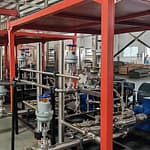

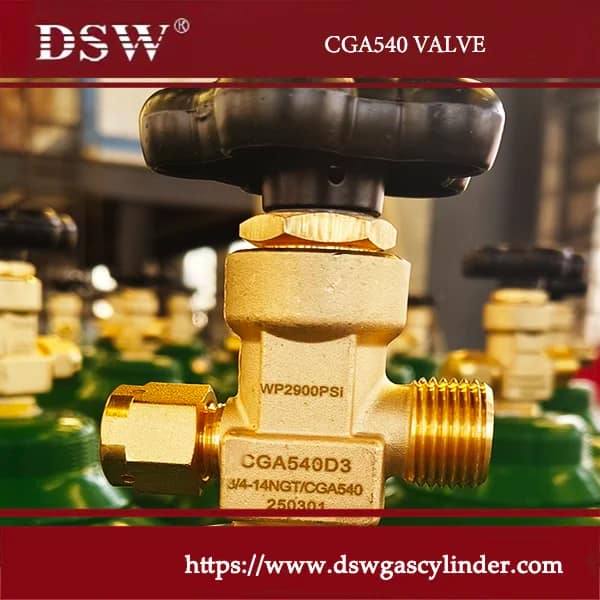
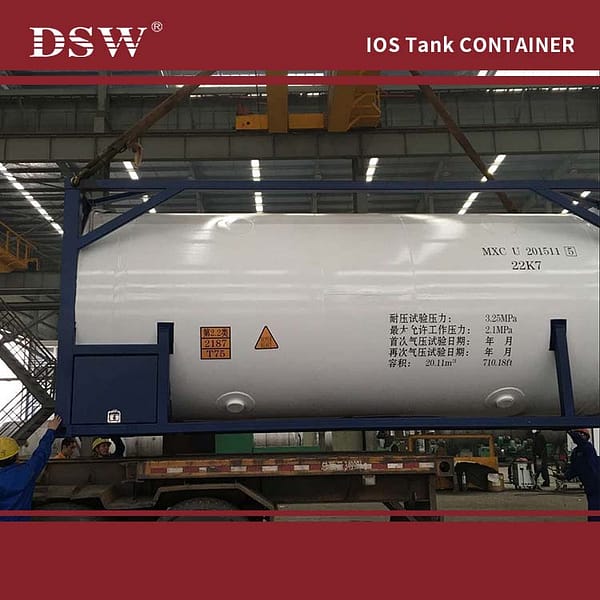


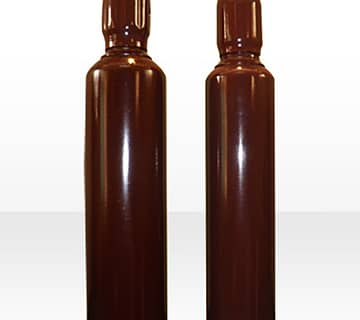
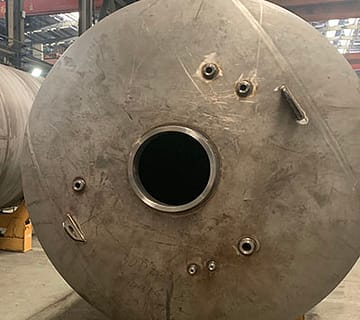
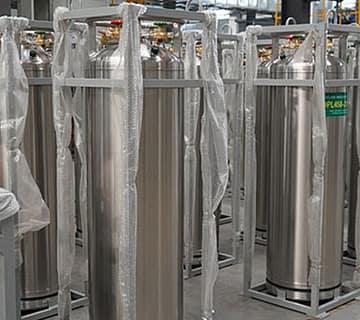
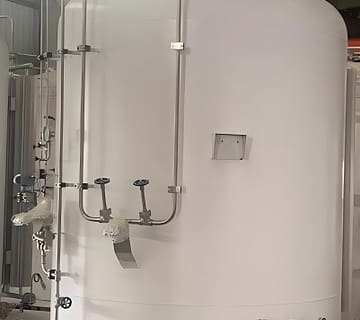
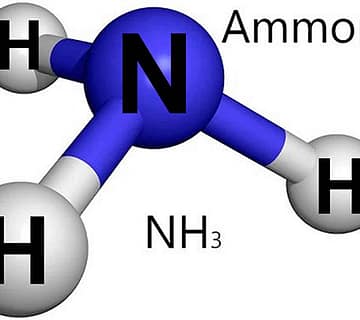
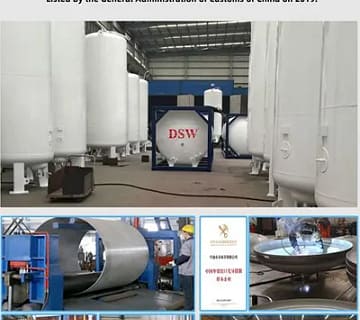
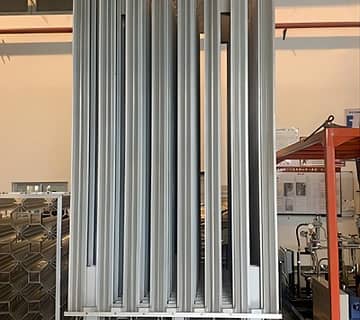
No comment